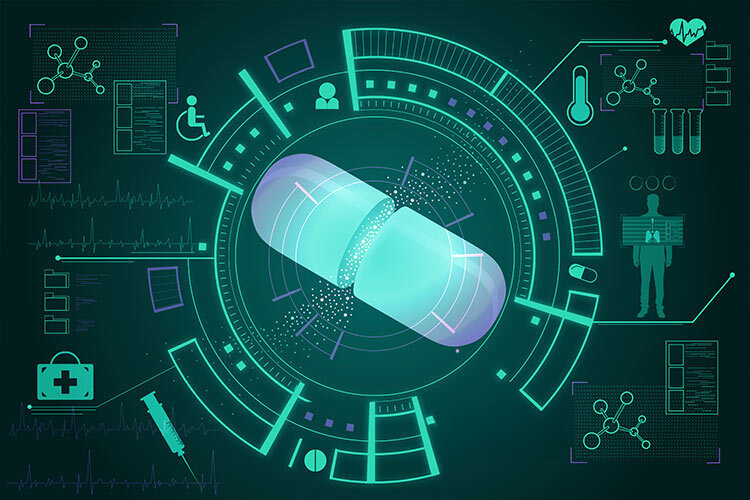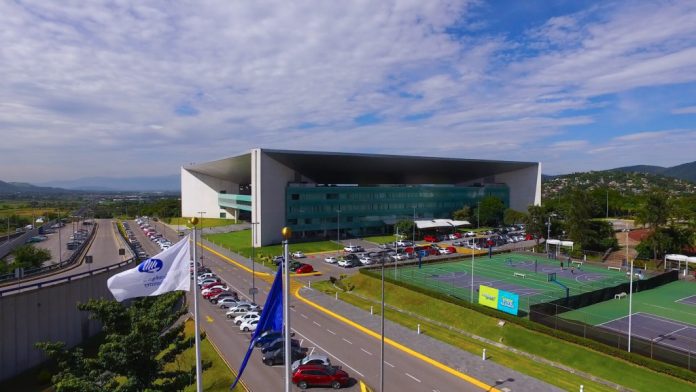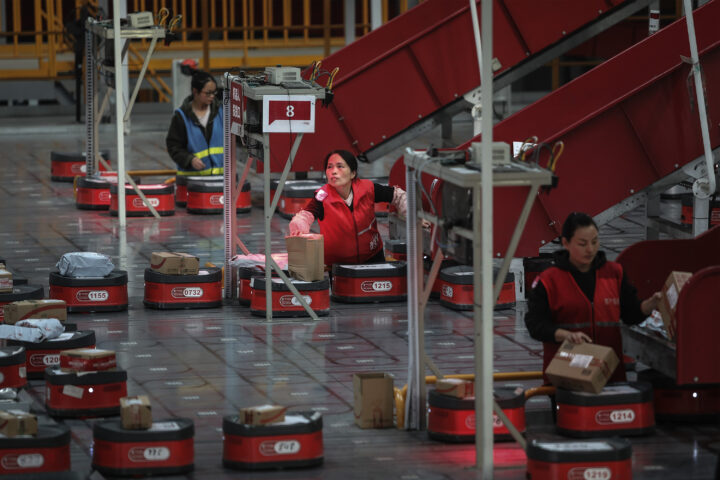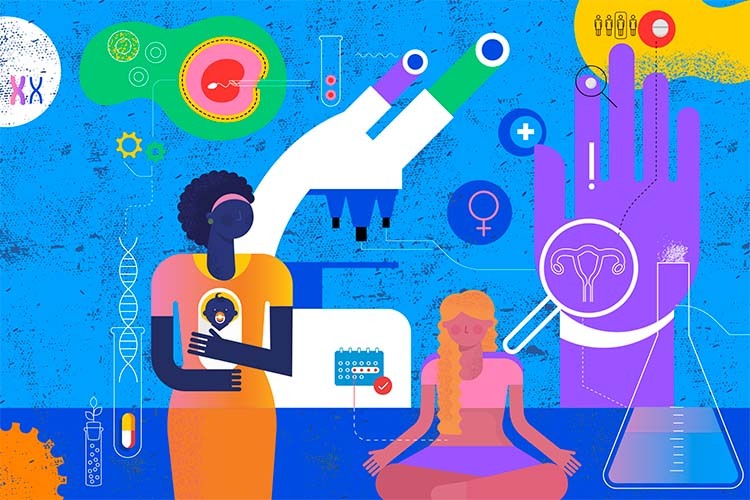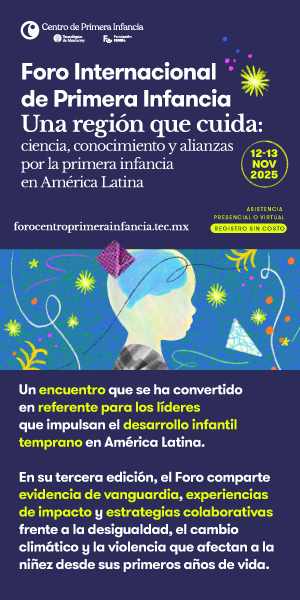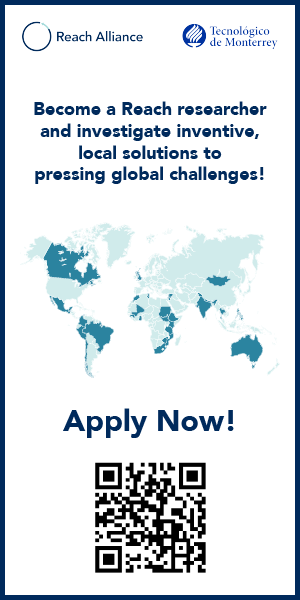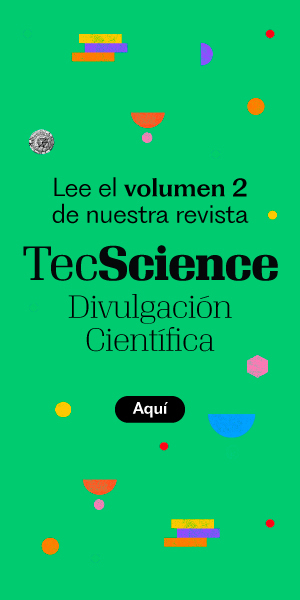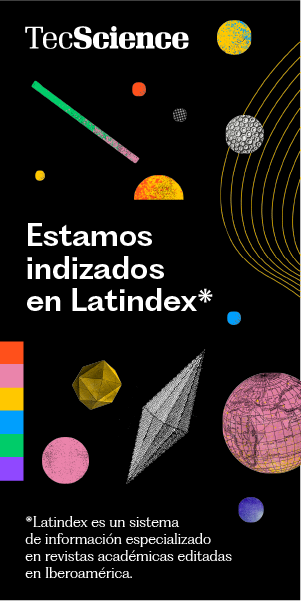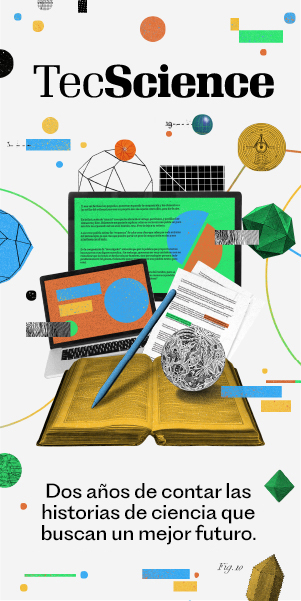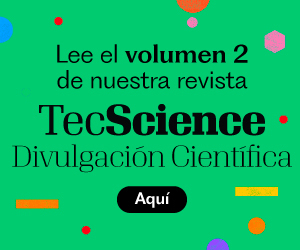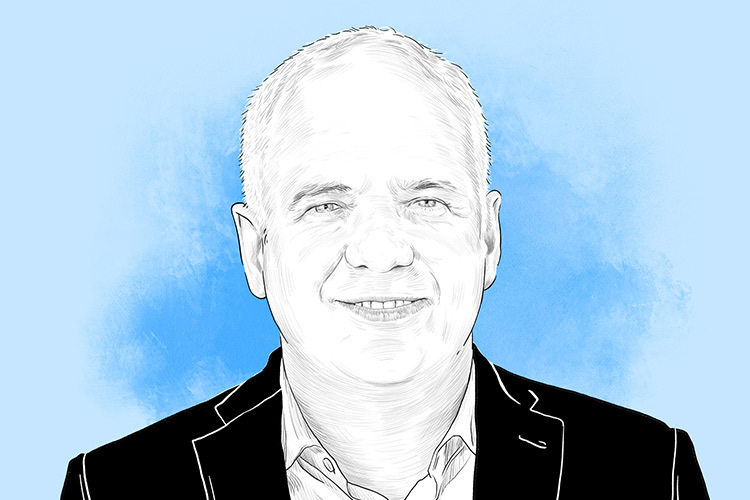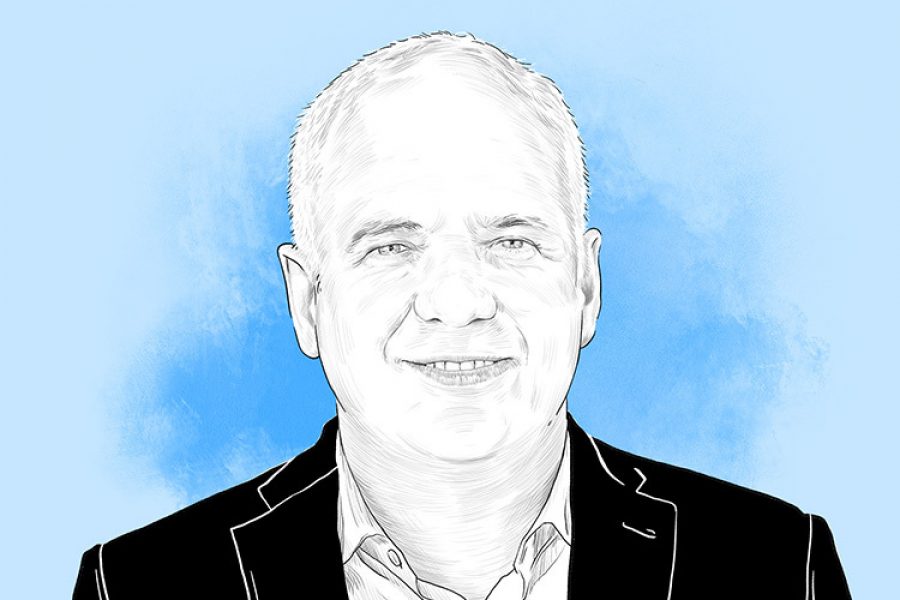Research teams from the Tecnológico de Monterrey and the National Autonomous University of Mexico (UNAM) are collaborating to establish the TEC-UNAM Pharmaceutical Development Unit within the Tlalpan Innovation District, located on the Mexico City campus.
This initiative is part of the Center for Research and Entrepreneurship in Biosciences and Health (CIEBS) and is driven by the UNAM-TEC Consortium. Since 2021, scientists from both institutions have been working together on joint projects aimed at finding solutions to some of society’s most pressing challenges.
Jonathan Magaña, national leader of the Aging and Longevity research group at Tec’s School of Engineering and Sciences (EIC), explained that this initiative stems from five years of collaborative work between the two institutions, resulting in between 40 and 50 co-authored scientific publications. The project now shifts its focus to applied technological development, targeting the needs of the pharmaceutical industry with support from corporate sponsors in the field.
“We don’t want this to remain at the level of basic research; the goal is to produce developments that truly have an impact on the population,” Magaña said. The unit will not only focus on conventional drug production but also on cutting-edge pharmaceutical technologies. “We’re talking about solids, liquids, semisolids, dispersed systems, and more advanced therapies like nanocarriers or specific controlled-release systems.”
The platform will prioritize addressing Mexico’s most critical health issues and will align with CIEBS’s flagship initiatives and project lines, such as aging and longevity, precision medicine—especially for prostate cancer—as well as chronic degenerative diseases.
The Goal: Industry-Funded Pharmaceutical Research Projects
This pharmaceutical development unit aims to serve as a platform for transferring and licensing technologies and for launching science- and technology-based startups led by academics and entrepreneurs, says Eduardo Urzúa, Director of University Entrepreneurship at InnovaUNAM.
A key element of the center’s working model is that all projects carried out must be financed by an external company. For instance, the UNAM researcher notes that there are ongoing discussions with companies like Sartorius, which could provide technologies and specialized medical equipment.
The project is currently in the planning stage, with goals in place for it to be operational within roughly a year. By then, the unit is expected to have its infrastructure in place, work plans outlined, and academic teams defined.
Urzúa emphasizes that sustainability is a core pillar of the unit’s operation; the aim is for it to be financially self-sufficient, rather than relying on public subsidies.
“We want to be sustainable—our academics should be able to launch tech-based companies that in turn generate royalties flowing back to the institutions,” he explains. “Ultimately, this is an investment, and it has to yield returns in the form of royalties, licensing, technology transfer, and sales.”
The UNAM researcher highlights the collaboration between the two universities—public and private—as an unprecedented effort to break historical paradigms within Mexico’s scientific and educational systems.
An Open Space for Pharmaceutical Development and Entrepreneurship
The scientific team behind the project will be made up of researchers—both faculty and students—from the UNAM Faculty of Chemistry in areas such as biotechnology and biopharmaceuticals, and from the Tec’s School of Engineering and Sciences (EIC) in fields like biotechnological engineering, artificial intelligence, and data analysis, among others, says Magaña. There are also plans to collaborate with the School of Medicine and Health Sciences for clinical studies, as well as with partner institutions such as the National Polytechnic Institute through its Unit for Biopharmaceutical Research and Development, along with companies from the private sector.
The unit will be housed in an 814-square-meter space within the CIEBS, equipped with infrastructure and laboratories to support the full drug development process—from basic research, pre-formulation and formulation, to scale-up, preclinical development, validation, and clinical trials.
The team also intends to leverage the ecosystem of the Tlalpan Innovation District to connect with offices of the Mexican Institute of Industrial Property (IMPI) and the Federal Commission for the Protection against Sanitary Risks (COFEPRIS), aiming to streamline regulatory procedures and minimize delays.
This initiative will also offer quality testing and verification services for pharmaceutical companies, along with specialized consulting in areas such as process development, formulation, regulatory compliance, scale-up, and workforce training. Additionally, the center will support market study design using artificial intelligence and data science tools.
Magaña notes that in addition to this pharmaceutical development unit, plans are also underway to create a Biopharmaceutical Development Unit within the center. “The goal is to cover the entire value chain of the pharma and biopharma industries—so we can offer everything from product design all the way to market launch,” he says.
Did you find this story interesting? Would you like to publish it? Contact our content editor to learn more at marianaleonm@tec.mx
